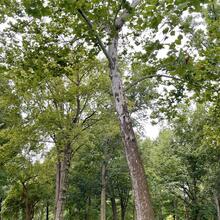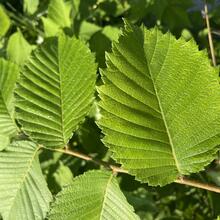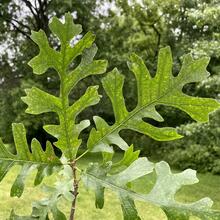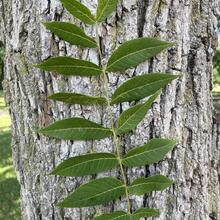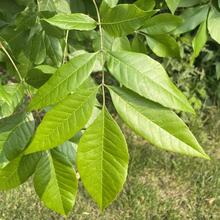Platanus occidentalis
Platanaceae
Unique bark with patches of white, green, and brown. Grows naturally on alluvial soils and bottomlands. Easily confused with London Planetree, a European species which is frequently cultivated and planted. Use caution when purchasing.
Summary
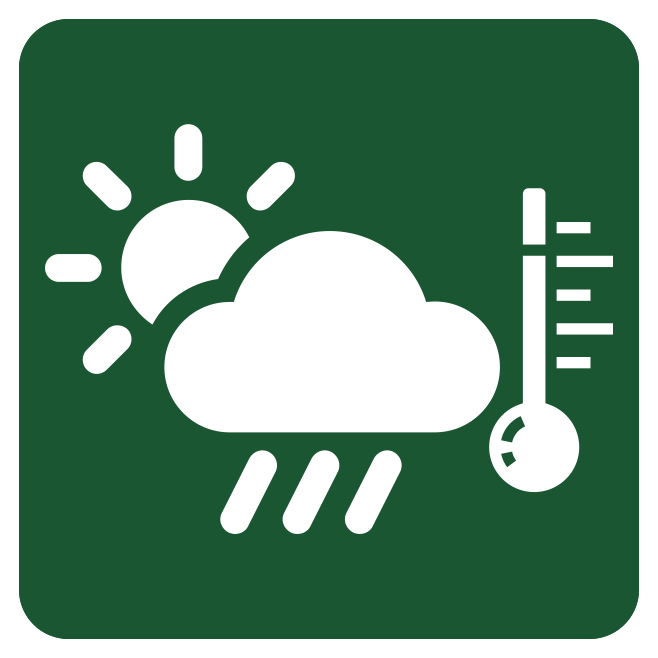 Climate Tolerance
Climate Tolerance
Good
Wildlife Benefits
Winter food source for songbirds; cavity nesting site
Pollination Type
Wind
Plant Hardiness Zones
4 to 9
# Butterfly/Moths that use as host
42
Bloom Time
Spring (Mar-Apr)
 Shade/Sun Tolerance
Shade/Sun Tolerance
Full Sun to Shade: Receives less than 2 to 6 or more hours of direct sunlight
 Maximum Height
Maximum Height
Large (75-100 ft)
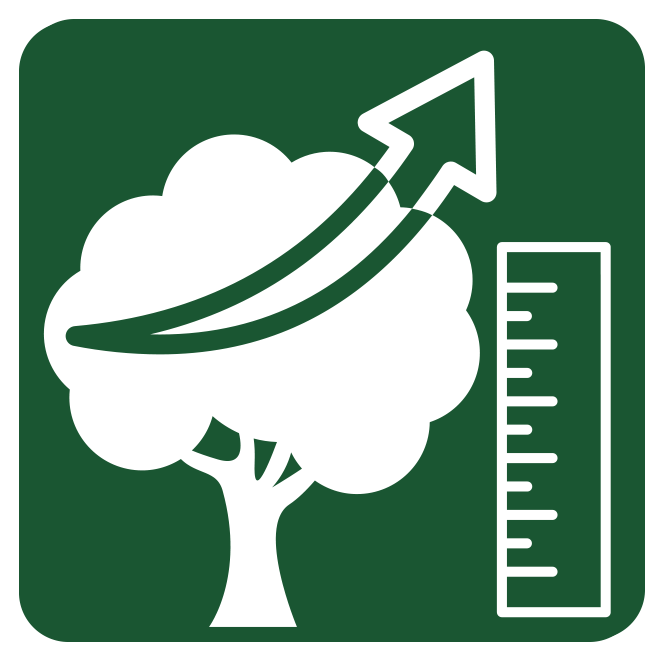 Growth Rate
Growth Rate
Rapid: 2 ft or greater per year
 Soil Type
Soil Type
Loam: Equal mix of clay, sand, and silt. Moderate moisture retention and high nutrient availability.
Sand: Large/coarse particles. Short moisture retention and low nutrient availability.
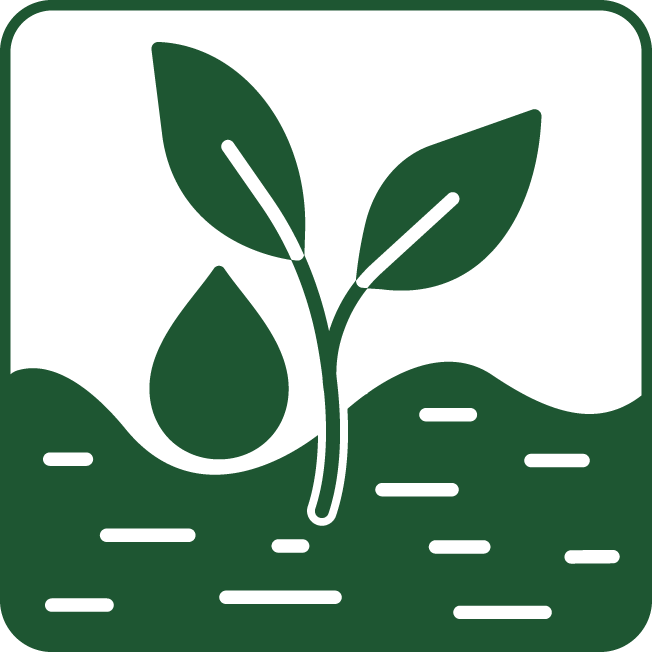 Soil Moisture Tolerance
Soil Moisture Tolerance
Moist: Soil can remain damp and does not normally retain standing water
Root - Fungal Association
Arbuscular mycorrhizae: Symbiotic relationship with fungi that exist on inside of plant root cells, facilitating nutrient uptake
Ectomycorrhizae: Symbiotic relationship with fungi that exist on outside of plant root cells, facilitating nutrient uptake
Pest & Pathogen Risks
Medium; Anthracnose
 Urban Stress Tolerance
Urban Stress Tolerance
High: Tree can adapt to a variety of urban conditions and will grow well
Drought Tolerance
Tolerant: Tree will not become stressed during periods of drought
Coefficient of Conservatism
7
Native Status
OH-Native: Species is native to Ohio
NatureServe G-rank
G5
Plant Community Type
- Beech Mixed: Occasional
- Oak Mixed: Occasional
- Alluvial: Abundant
- Red Maple Mixed: Occasional
- Ruderal: Occasional
- Urban Tree Cover: Common
Bloom Color
Green
Red
Yellow
Form
Tree
 Lifespan
Lifespan
Long: Greater than 250 years
Soil pH
Circumneutral (pH 6.8-7.2)
Wetland Indicator Status
FACW: Facultative Wetland, usually occurs in wetlands, but may occur in non-wetlands
Soil Compaction Tolerance
Tolerant: Tree will not become stressed from soil being compacted
Heat Tolerance
Tolerant: Tree will not become stressed for increased temperature due to urban heat island effects
Salt Tolerant
Tolerant to Salt in Soil: Tree will not become stressed when salt is present in soil
Native County Status
Cuyahoga
Geauga
Lake
Lorain
Medina
Portage
Summit
IUCN Red List Assessment
Least Concern
